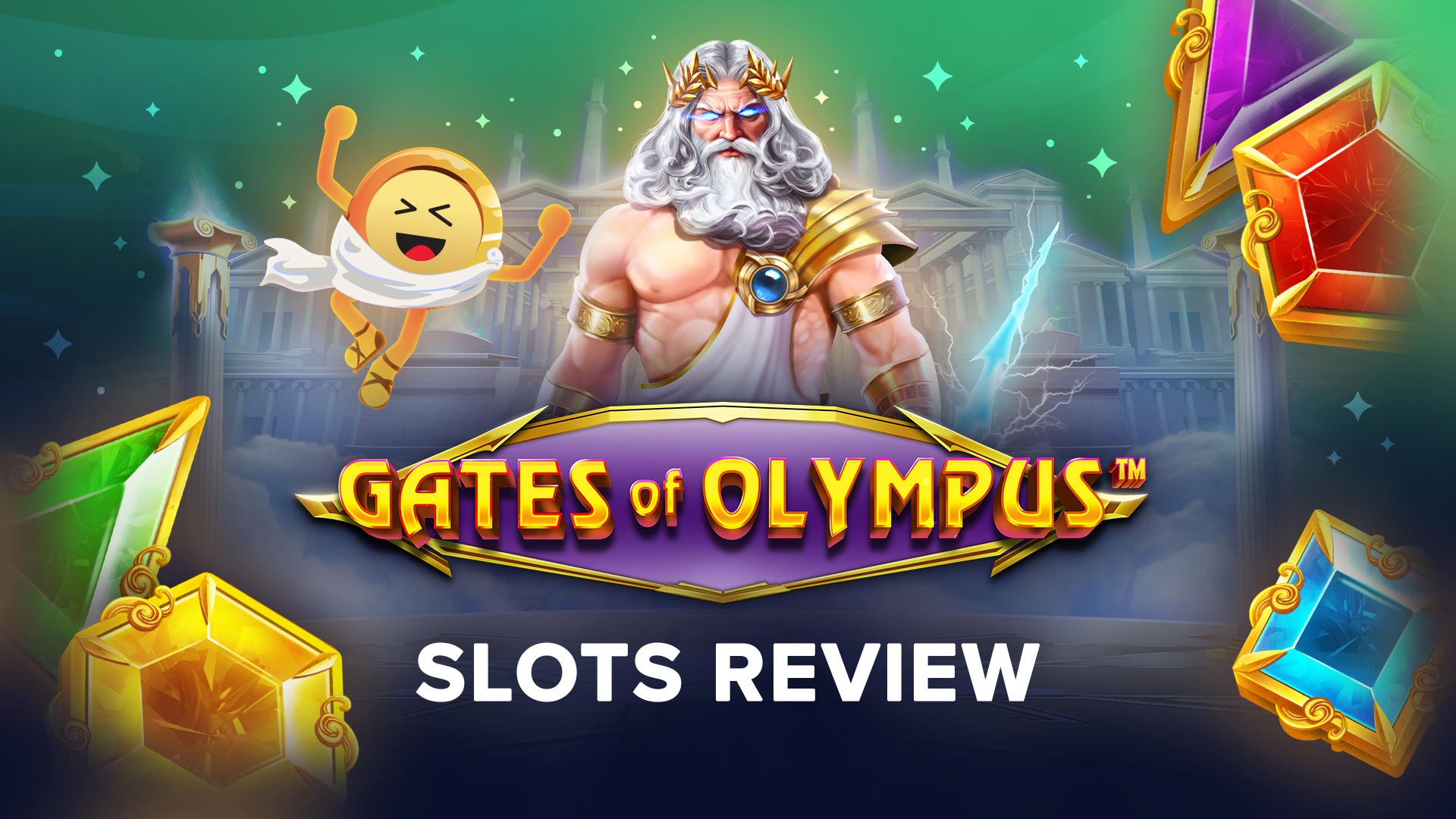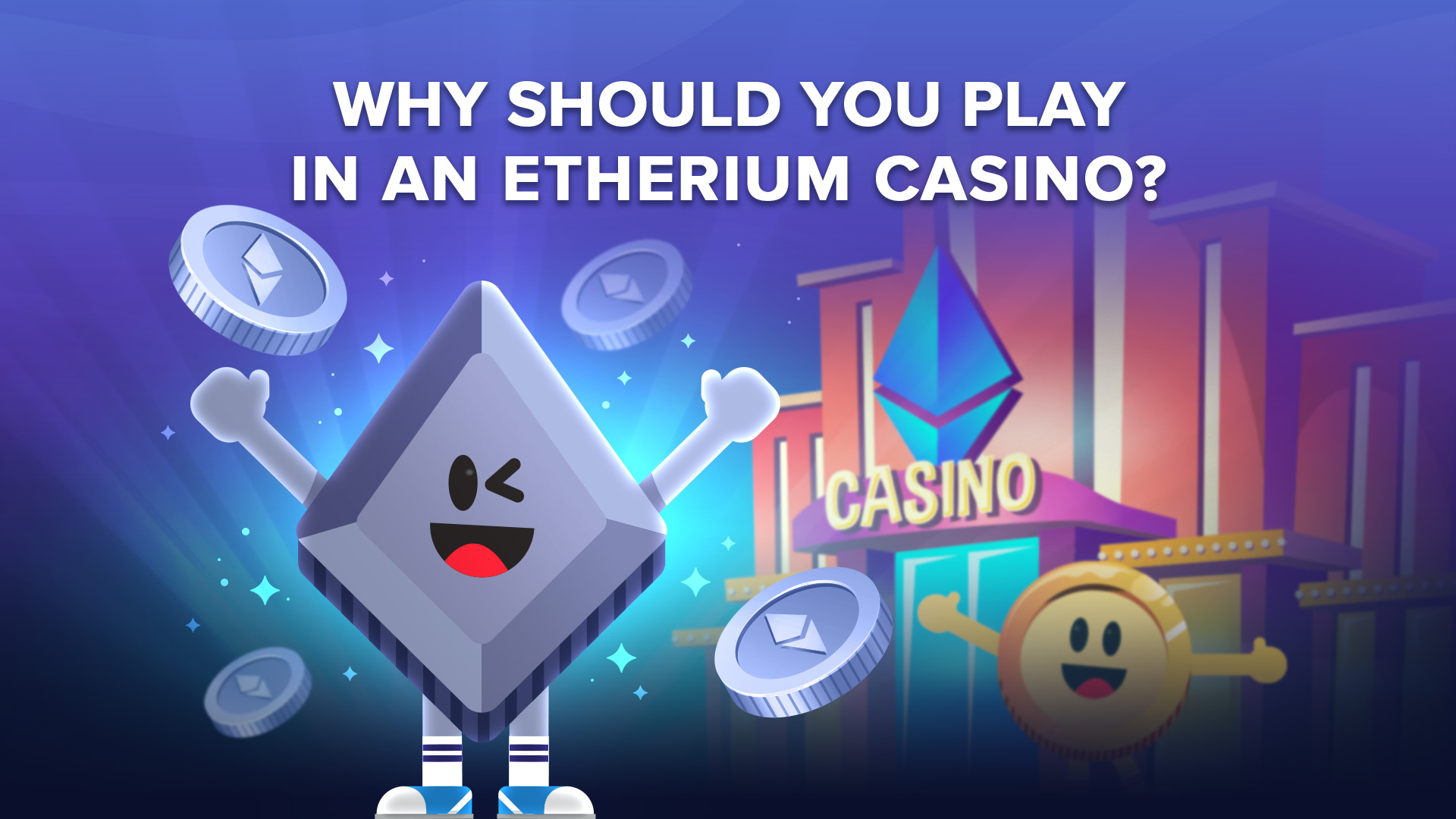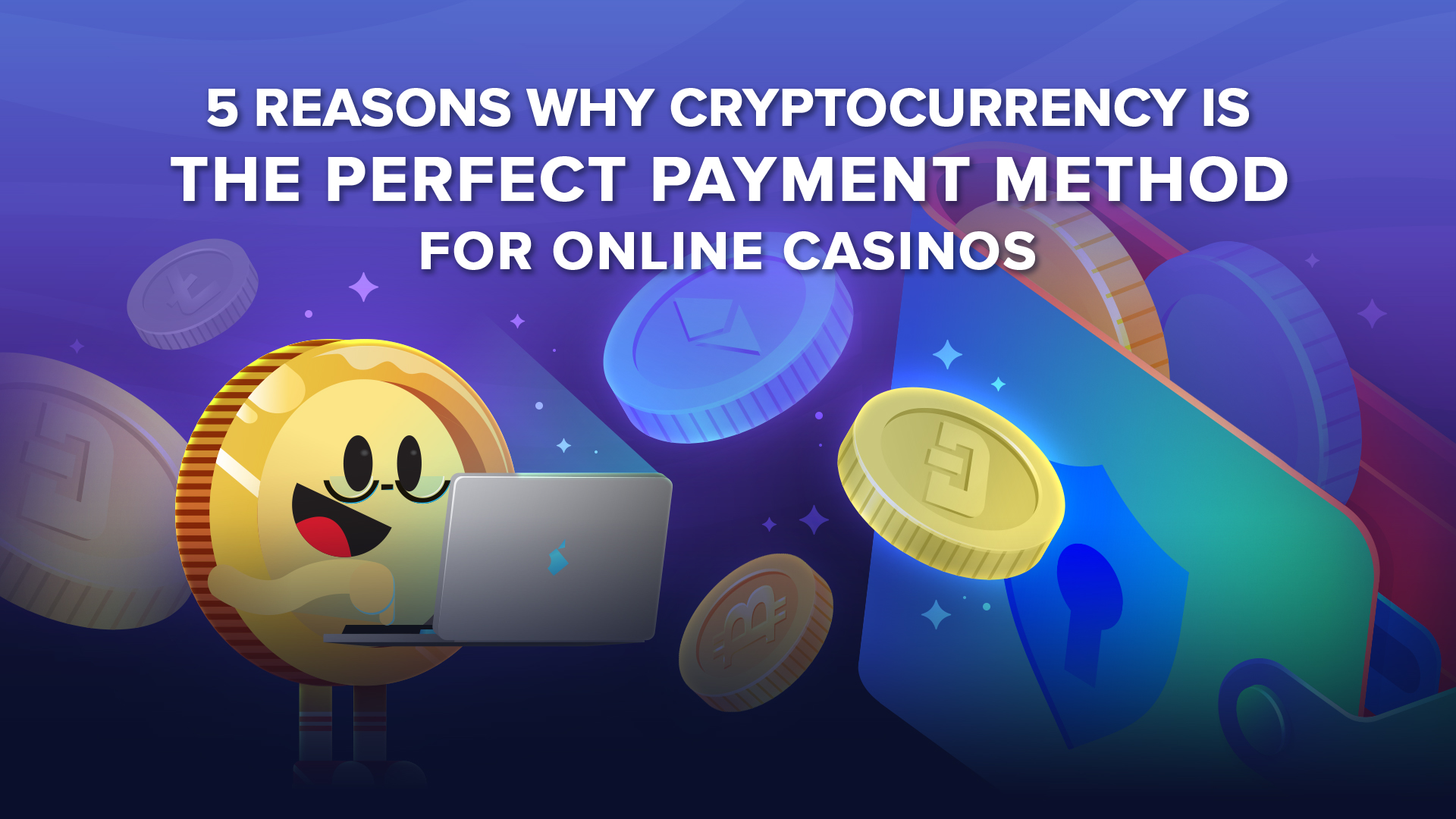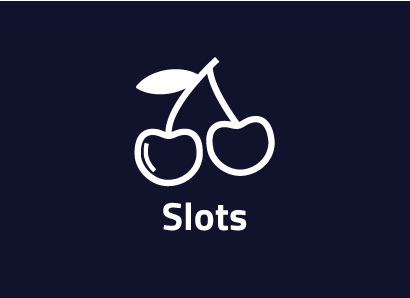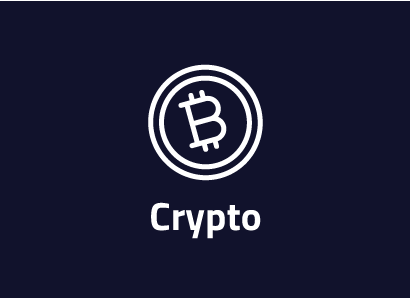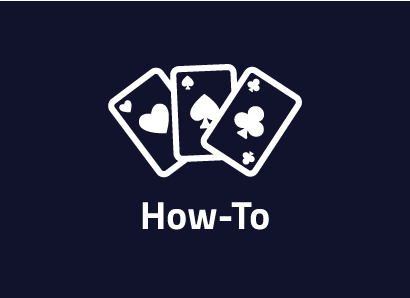The digital world has redefined many industries, and one of them is the online gambling sector. The advance of cryptocurrencies into the mainstream of eComm and internet gaming niches has also made its way into gambling entertainment. In fact, crypto casinos have been around for over half a decade as the online gambling scene was one of the first to adopt cryptocurrencies as deposit and withdrawal options.
You may have noticed already just how popular crypto gambling is already, but you are still playing using fiats. That’s because cryptocurrency casinos come with so much more flexibility. Higher withdrawal limits, bonuses with high max bets, faster deposits and withdrawals, and a growing number of software providers now accept cryptos from video slot developers to live casino game providers.
The question is what are you waiting for?
- Are you worried about crypto fluctuations?
- Or is it simply you do not know how to set up a crypto wallet?
- Also, do you need help with understanding how to make crypto deposits and withdrawals?
- Are you worried about losing your private keys? (Well, there’s a solution to this)
In this guide, we will walk you through each of these steps so you can confidently choose the right crypto wallet for you and set up a crypto wallet.
Understanding Crypto Casino Wallets
Before setting up your wallet, it’s essential to understand what a crypto casino wallet is. In simple terms, it’s a digital wallet where you can store, send, and receive cryptocurrencies. It’s a pivotal part of your online casino experience if you’re planning on using cryptocurrencies like Bitcoin to play.
There are also two types you can choose from:
- Custodial: A custodial crypto wallet means that you do not need to hold onto a private key. Therefore, there is no chance of losing it. As with an eWallet like PayPal, you have a username, password, and two-factor authentication to log in. You then deposit to the wallet, and the company, such as CoinBase, Binance, or Crypto.com for example, will store your crypto in a custodial along with all its other customer’s cryptos.
- Non-Custodial: This option is recommended for more advanced crypto investors with larger investments. You essentially own the wallet, and you store the crypto under an encrypted solution. Some people use MetaMask and others use hardware wallets. The latter is an encrypted physical storage device and looks like an external hard drive, while some people use encrypted USBs. Another brand out there famous for non-custodial wallets is TrustWallet allowing you to use its encryption to store your crypto yourself.
- Bitcoin Wallet: Some wallets are purely set up as Bitcoin wallets. This means you may not have the option to deposit other cryptos such as Ethereum, Litecoin, DOGE, and others.
The key difference between the two is that a non-custodial wallet is under your control. On the other hand, when choosing a custodial wallet, make sure you choose a reputable company. We don’t want any horror stories such as FTX whereby mismanagement of customer funds led to them losing their investments.
Setting up Your Crypto Wallet
Now you understand the two options available to you, the next step is setting up your crypto wallet. There are a number of crypto wallets available and each one comes with its own unique advantages and disadvantages.
Our advice is to choose a well-known and trustworthy brand. As an added bonus, if it is also regulated by a financial regulatory authority in your country, then that is an added bonus. The key here is to do your research to find the one that best suits your needs.
Here are the simple steps to setting up your crypto wallet:
- Registering Your Wallet: Once you’ve chosen your wallet, the next step is to register. This process typically involves providing an email and creating a strong password. You will also need to set up two-factor authentication if you would like to secure your login. This is a highly recommended step to take. In fact, it is advised not to have a wallet without it. Use your mobile number for SMS, Goole Authenticator, or your email.
- Securing Your Wallet: if you choose the non-custodial option, then the wallet will provide a recovery phrase or private key. This is crucial information that you must keep secure as it’s the only way to recover your wallet if you lose access.
- KYC Checks: Most wallets will require that you pass a ‘Know Your Customer’ check. This will mean sending a government ID and usually proof address too depending on where you are.
That’s it. Setting up the wallet is simple as signing up for eComm store, but slightly more complex than signing up for a crypto casino. Getting onto a crypto casino is super easy and usually takes just 30 seconds sign up, and less than a minute to process your first crypto deposit. However, we will get to depositing a withdrawing below.
Depositing Into your Crypto Wallet
Making a deposit into your crypto wallet is a case of deciding which payment method you would like to use. Quite a few wallets will allow you to deposit cash and convert to Bitcoin or other cryptos within the wallet, while others may not. If they do not, then you may need to use an exchange. There are several options available to you.
- Card Payments: Some wallets accept credit or debit cards. Just be aware of any fees that come with making deposits using this payment option.
- eWallets: eWallets: This is another popular way to deposit depending on the crypto wallet. It is quite rare to find an eWallet that will allow you to fund a crypto wallet these days. However, those that do allow you to use eWallets as payment will usually not charge a fee, but only some.
- Bank Transfer: You can make deposits using bank transfers. This is often the preferred method because most wallets will not, in general, charge a fee. It usually means you have a wait a couple of days for the transaction to go through.
- Deposit Crypto: If you already have a crypto wallet or crypto on an exchange, then you can make a transfer to your new wallet using it while others will allow you to buy crypto using an eWallet.
Depositing Bitcoin into Your Casino Wallet
Once you have a crypto balance in your new wallet, you can then deposit this into your Bitcoin casino wallet or whichever crypto balance you would like to use. For example, on mBitcasino, you can open a wallet for BTC, BCH, ETH, XRP, BCH or USDT. As with most crypto casinos, there will be a public key available and all you need to do is use this to make a payment to the casino.
- Sending Bitcoin to Your Casino Wallet: Within your crypto wallet, find the Receive or Deposit option, which will display your wallet’s address. Copy this address.
- Transferring Bitcoin: Go to the platform where you bought your Bitcoin. Find the ‘Send’ or ‘Withdraw’ option and paste your wallet’s address. Enter the amount you wish to transfer and confirm the transaction.
- Confirming the Deposit: Wait for the transaction to be processed. Once it is, the Bitcoin will appear in your casino wallet, and you’re ready to play.
Remember to prioritize security when handling cryptocurrencies. Always use trusted platforms, keep your private keys secure, and double-check transaction details. With your new crypto casino wallet setup, you’re now ready to explore the thrilling world of crypto gambling.
Rounding Up Setting up Bitcoin Wallet and Crypto Wallet Options
Whether you deposit Bitcoin or another crypto into your cryptocurrency casino, you will need to make sure you have a viable way of depositing and withdrawing to and from your account. Be wary of the options you choose and treat choosing a brand in a similar way you would when choosing a crypto casino. You should find a reputable company well-known in the industry.
Also, you have both custodial and non0custodial options to consider. For beginners, custodial are the best place to start and as you get to know the crypto industry better, then you can start to consider a non-custodial wallet when you feel confident.







